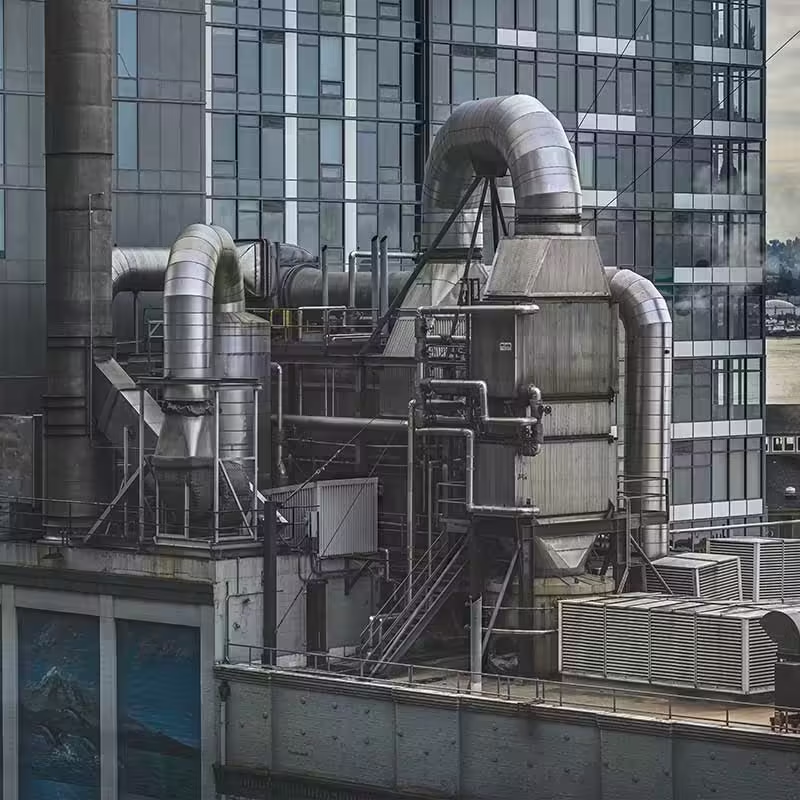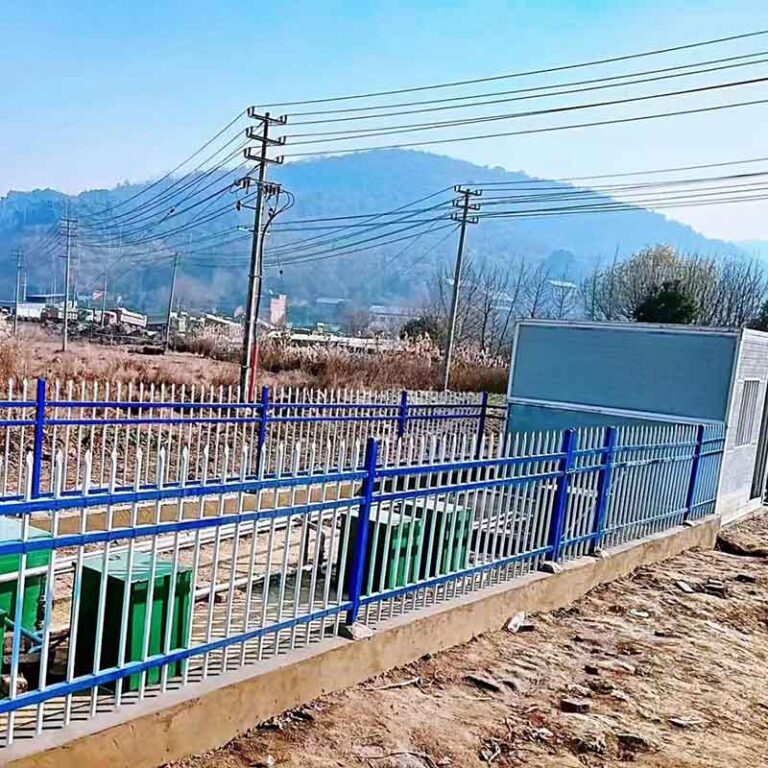Welcome to My Blog! 🌟
I’m so glad you’re here! Before we jump into the exciting content, I’d love for you to connect with me on my social media platforms. It’s where I share extra insights, interact with our amazing community, and post regular updates. Here’s how you can join the conversation:
📘 Facebook: Follow me on Facebook for more updates
Now, let’s dive into the journey ahead. I hope you find everything here both engaging and valuable. Together, let’s explore, learn, and grow! 🚀
Table of Contents
Introduction

Waste disposal has always been a critical environmental and public health issue worldwide. With growing urban populations and increasing industrial activities, managing waste efficiently and sustainably has become paramount. Among various waste management strategies, incinerator trash disposal is gaining prominence as a reliable, efficient, and eco-friendly method. Incinerator trash refers to the waste material processed through combustion, reducing its volume significantly and converting it into ash, gases, and heat.
This blog explores five compelling reasons why incinerator trash is rapidly becoming the future of waste disposal. We will discuss its environmental benefits, technological advancements, economic impacts, and operational advantages. Whether you are a waste management professional, policy maker, or an environmentally conscious citizen, understanding the role of incinerator trash will help you appreciate its growing significance in sustainable waste solutions.
Reason 1: Incinerator Trash Reduces Waste Volume Significantly
One of the most compelling advantages of incinerator trash in modern waste disposal is its remarkable ability to drastically reduce the volume of solid waste. Unlike traditional landfill methods, which simply contain and bury waste, incineration uses high-temperature combustion to break down organic and inorganic materials. This process can reduce the waste volume by up to 90%, significantly minimizing the physical space required for waste disposal.
The implications of such volume reduction are profound. Landfills worldwide are increasingly facing capacity constraints due to rapid urbanization and population growth. Expanding landfill sites is not always feasible due to limited land availability and environmental concerns. By shrinking the waste volume, incinerators help defer the need for new landfills, extending the lifespan of existing facilities.
In addition to space savings, this volume reduction translates to economic benefits. Transporting less waste reduces fuel consumption and vehicle wear-and-tear, lowering operational costs for municipalities and private waste management companies. The remaining ash—called bottom ash—occupies only a fraction of the original waste space and is often more stable and less hazardous than raw waste. In many cases, this ash can be recycled into construction materials like cement, road base, or bricks, thus contributing to a circular economy.
Moreover, incineration reduces the environmental footprint associated with landfill methane emissions and leachate pollution. Methane, a potent greenhouse gas generated by anaerobic decomposition in landfills, poses a significant climate risk. Incineration, by converting waste into ash and gases at high temperatures, largely prevents methane generation, making it a cleaner alternative.
Reason 2: Incinerator Trash Offers Energy Recovery Opportunities

Beyond mere disposal, incinerator trash presents a valuable opportunity to recover energy, transforming waste from a liability into a resource. The combustion of waste produces substantial heat energy, which modern incineration plants capture through sophisticated waste-to-energy (WTE) systems.
These systems convert thermal energy into electricity, which can be fed into the grid to power homes and industries. Additionally, some facilities utilize the heat for district heating, providing warm water or steam for residential and commercial buildings. This dual function of waste management and energy production embodies the principles of sustainability and resource efficiency.
Energy recovery from incinerator trash plays a critical role in reducing dependence on fossil fuels, contributing to energy security and diversification. Given global efforts to cut carbon emissions, harnessing energy from waste aligns with international climate goals and national renewable energy targets.
Technological advancements have dramatically improved the efficiency of these WTE systems. Innovations such as high-efficiency boilers, turbine generators, and advanced heat exchangers allow plants to convert a larger portion of waste energy into usable power. Furthermore, integrating combined heat and power (CHP) technologies maximizes energy utilization, significantly increasing the overall plant efficiency.
From an economic perspective, energy recovery creates additional revenue streams, offsetting operational costs and reducing the net cost of waste management. It also generates local jobs in plant operation, maintenance, and energy distribution, boosting the local economy.
Reason 3: Incinerator Trash Reduces Greenhouse Gas Emissions Compared to Landfills
Climate change mitigation is a priority for governments and societies worldwide, making the reduction of greenhouse gas emissions from waste management crucial. Landfills are among the largest anthropogenic sources of methane, a greenhouse gas with approximately 28 times the global warming potential of carbon dioxide over 100 years.
Incinerator trash disposal offers a significant environmental advantage by virtually eliminating methane production. The high-temperature combustion process destroys organic material that would otherwise decompose anaerobically in landfills, releasing methane. Instead, incineration releases primarily carbon dioxide, which, although still a greenhouse gas, has a much lower warming potential.
Modern incineration facilities are equipped with advanced air pollution control technologies, such as scrubbers, filters, and catalytic converters, to minimize emissions of particulates, nitrogen oxides, dioxins, and furans. These systems ensure that incinerator emissions meet or exceed stringent environmental standards set by regulatory bodies worldwide.
Moreover, the net greenhouse gas impact of incinerator trash can be further reduced by the energy recovered during combustion. By generating electricity or heat from waste, incinerators displace fossil fuel-based energy sources, thereby reducing overall carbon emissions. Life-cycle assessments (LCAs) consistently show that well-managed incinerator trash facilities have a smaller carbon footprint than landfills, especially when considering methane emissions and energy recovery.
This environmental performance makes incinerator trash an attractive solution for cities and countries committed to reducing their carbon emissions and transitioning to low-carbon economies.
Reason 4: Incinerator Trash Supports Waste Management in Urban Areas

Rapid urbanization poses unique waste management challenges, as cities must process large amounts of refuse with limited space and resources. Facilities designed for thermal waste treatment are well-suited for urban environments due to their compact footprint and ability to handle mixed materials efficiently.
Unlike sprawling landfill sites that require extensive land and generate significant local pollution concerns, modern combustion plants operate within relatively small areas. Their vertical design and enclosed systems minimize noise, odor, and visual impact, addressing common urban community concerns.
Thermal processing drastically reduces the volume of waste, which in turn lowers the frequency and cost of transporting refuse. Since hauling waste long distances is energy-intensive and costly, local treatment plants help cities manage disposal more sustainably by processing materials close to their origin.
Additionally, many urban facilities are integrated into district heating networks or electricity grids, providing multiple benefits to residents beyond mere waste disposal. This integration supports smart city initiatives aiming to improve resource efficiency and reduce environmental footprints.
Community engagement and transparency are critical to the successful operation of such plants in urban areas. Modern facilities often incorporate visitor centers, real-time emissions monitoring displays, and public education programs to foster trust and awareness.
Reason 5: Technological Advancements Enhance Incinerator Trash Efficiency and Safety
The field of thermal waste processing technology has undergone significant innovation over recent decades, improving safety, efficiency, and environmental compliance. Contemporary plants utilize automated control systems that monitor combustion parameters such as temperature, oxygen levels, and flue gas composition in real time, ensuring optimal operation.
Advanced filtration systems—including fabric filters, electrostatic precipitators, and activated carbon injection—effectively remove harmful pollutants before gases are released into the atmosphere. These technologies have drastically reduced emissions of dioxins and particulates compared to older plants.
Digitalization and smart sensors enable predictive maintenance, minimizing downtime and extending the operational life of critical equipment. Operators can use big data analytics to optimize fuel efficiency and throughput, reducing operational costs and environmental impact.
Material innovations in refractory linings, turbine blades, and heat exchangers improve durability and energy transfer efficiency. This contributes to fewer maintenance shutdowns and enhanced overall plant reliability.
Finally, rigorous regulatory frameworks and continuous research ensure that these facilities meet evolving environmental standards. Emerging technologies such as plasma gasification and advanced thermal treatment promise even cleaner and more efficient waste-to-energy conversion in the future.
Comparison Table: Key Benefits of Incinerator Trash vs Other Waste Disposal Methods
| Feature | Incinerator Trash | Landfill | Recycling | Composting |
|---|---|---|---|---|
| Volume Reduction | Up to 90% | None | Variable | Variable |
| Energy Recovery | Yes, via waste-to-energy systems | No | No | No |
| Greenhouse Gas Emissions | Lower methane, CO2 controlled | High methane from decomposition | Minimal | Some methane during process |
| Land Use Requirement | Low | High | Moderate | Moderate |
| Operational Flexibility | Suitable for mixed waste types | Limited to non-hazardous waste | Limited to recyclable materials | Limited to organic waste |
| Urban Suitability | High | Low | Moderate | Low |
| Environmental Impact | Controlled emissions, ash reuse | Potential groundwater issues | Depends on recycling rates | Supports soil health |
Conclusion
The future of waste disposal hinges on adopting methods that balance environmental responsibility, economic feasibility, and societal needs. Incinerator trash disposal presents a compelling solution that addresses many limitations of traditional waste management approaches. By significantly reducing waste volume, enabling energy recovery, and lowering greenhouse gas emissions, incinerator trash aligns well with global sustainability goals.
Urban areas benefit from its compact footprint and operational advantages, while technological advancements ensure its safety and efficiency. As more communities and industries embrace this approach, incinerator trash is set to become a cornerstone of sustainable waste management worldwide.
FAQ
What types of waste can be processed as incinerator trash?
Incinerator trash typically includes municipal solid waste, hazardous waste, medical waste, and some industrial wastes. The waste is usually sorted to remove recyclable materials and treated before incineration to reduce harmful emissions.
Is incinerator trash disposal safe for the environment?
Modern incinerator facilities are equipped with advanced emission control technologies to minimize pollutants, making them safe when operated according to regulations. They also reduce methane emissions associated with landfills.
How does incinerator trash compare economically to other waste disposal methods?
While initial capital costs can be high, incinerator trash facilities often provide cost savings through volume reduction, energy recovery, and reduced landfill fees, offering favorable long-term economics.
Does incinerator trash produce ash, and how is it handled?
Yes, incineration generates bottom ash and fly ash. These are collected and treated to remove hazardous components. Bottom ash can sometimes be recycled into construction materials, reducing waste further.
Can incinerator trash help cities reduce landfill dependency?
Absolutely. By reducing waste volume drastically and recovering energy, incinerator trash lessens the burden on landfills, helping cities manage waste more sustainably.






